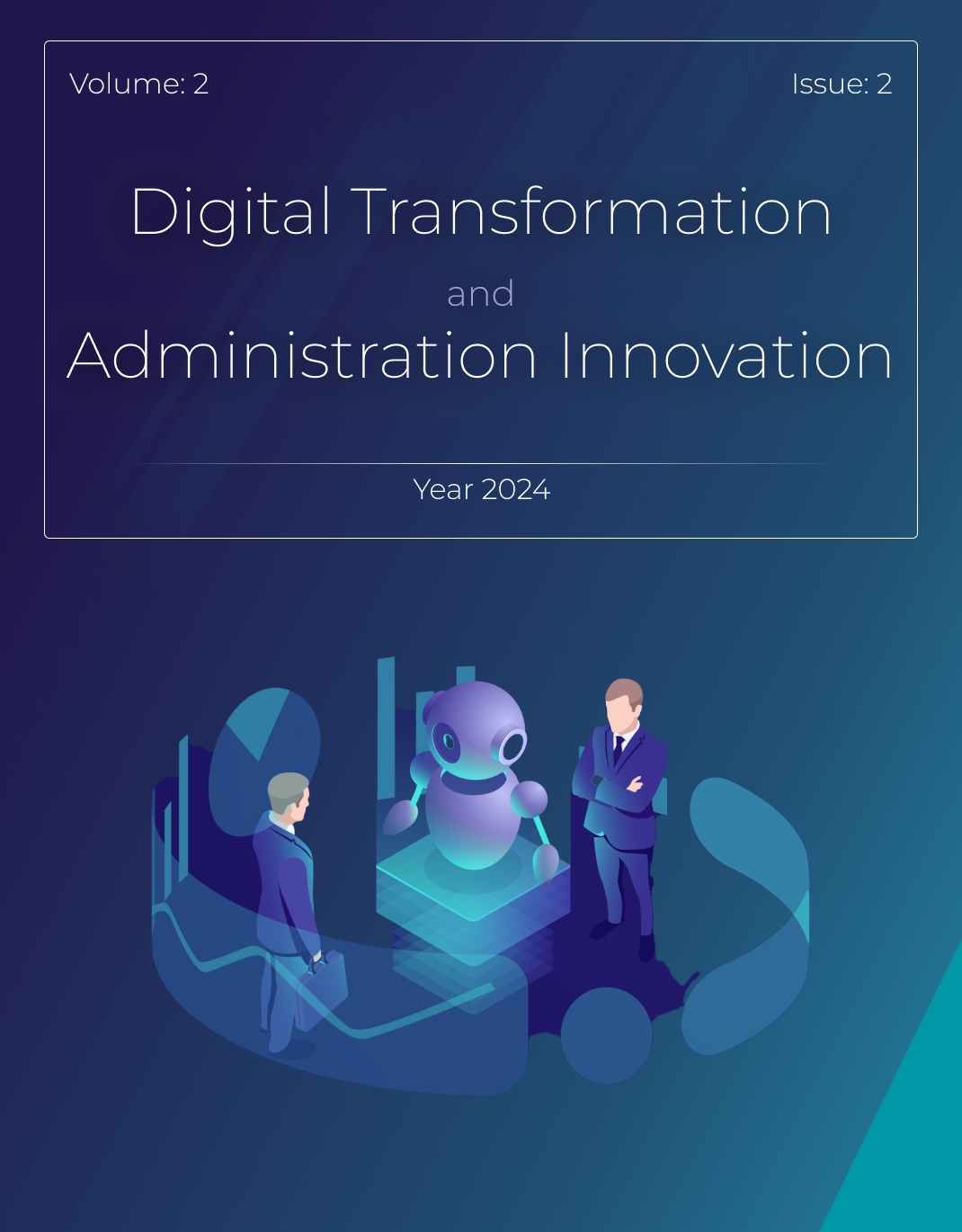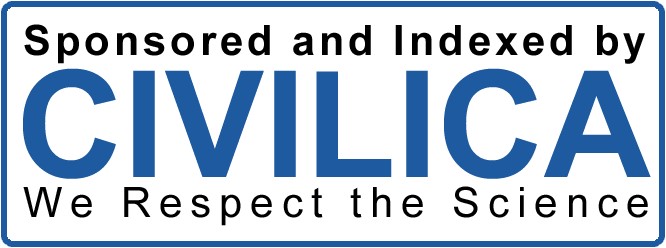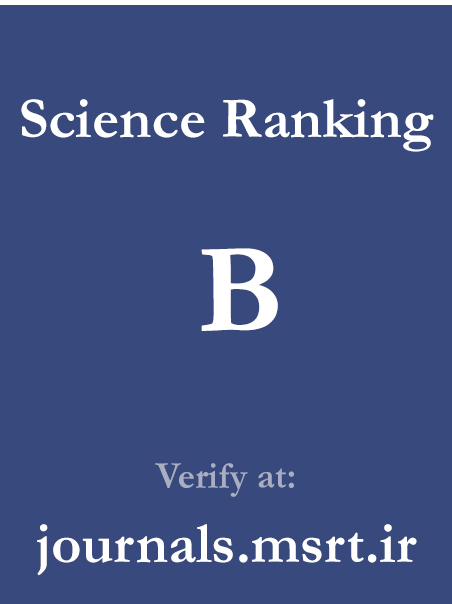Examining Opportunities and Threats in the Commercialization of Renewable Energy Businesses: A Case Study on Household Consumption
Keywords:
Commercialization, Renewable Energy, Business, Household Consumption, Opportunities and ThreatsAbstract
The present study investigates the opportunities and threats related to the commercialization of renewable energy businesses with a focus on household consumption. Given the increasing demand for clean energy sources and the limitations of fossil fuel resources, renewable energies—particularly in the residential sector—have emerged as a sustainable solution for energy provision. Utilizing a descriptive-analytical research method, this study identifies and analyzes existing opportunities and threats while also examining the factors influencing the commercialization of such businesses. The findings indicate that declining costs of renewable energy technologies, governmental support, and growing public awareness of the benefits of these sources offer significant opportunities for commercialization. However, challenges such as high initial costs, regulatory complexities, and insufficient public awareness remain as obstacles in this domain. Overall, the commercialization of renewable energy businesses in the household sector requires collaboration and coordination among the government, the private sector, and the community. Addressing these barriers and leveraging existing opportunities are essential for the effective development of these businesses.
Downloads
References
Abdul, D., & Wenqi, J. (2024). Identifying and prioritization barriers to renewable energy diffusion in developing countries: A novel spherical fuzzy AHP approach and application. Energy Efficiency, 17(5), 40. https://doi.org/10.1007/s12053-024-10213-0
Bahmani, M., & Bahrammehr, N. (2016). Economic Evaluation of Solar Energy Use in Rural Areas of Southern Iran. Quarterly Journal of Economic Research, 51(2), 307-426. https://jte.ut.ac.ir/article_58452.html
Bakhtiyar, M., Mohammadi, T., & Taklif, A. (2016). The Expansion of Renewable Energies and Its Role in the Future Development of Iran's Power Industry. Economic Growth and Development Research, 7(25), 147-161. https://www.sid.ir/fa/journal/ViewPaper.aspx?id=310441
Campbell, S., Greenwood, M., Prior, S., Shearer, T., Walkem, K., Young, S., & Walker, K. (2020). Purposive sampling: complex or simple? Research case examples. J Res Nurs, 25(8), 652-661. https://doi.org/10.1177/1744987120927206
Chakraborty, S., Sadhu, P. K., & Goswami, U. (2016). Barriers in the advancement of solar energy in developing countries like India. Problemy Ekorozwoju, 11(2), 75-80. https://ouci.dntb.gov.ua/en/works/loxoPXW9/
Cormio, C., Dicorato, M., Minoia, A., & Trovato, M. (2003). A regional energy planning methodology including renewable energy sources and environmental constraints. Renewable and Sustainable Energy Reviews, 7(2), 99-130. https://doi.org/10.1016/S1364-0321(03)00004-2
Ibegbulam, M., Adeyemi, O., & Fogbonjaiye, O. (2023). Adoption of Solar PV in developing countries: challenges and opportunity. International Journal of Physical Sciences Research, 7(1), 36-57. https://eajournals.org/ijpsr/wp-content/uploads/sites/81/2023/09/Adoption-of-Solar.pdf
Irfan, M., Zhao, Z. Y., Ahmad, M., & Mukeshimana, M. C. (2019). Solar Energy Development in Pakistan: Barriers and Policy Recommendations. Sustainability, 11(4), 1206. https://doi.org/10.3390/su11041206
Joshi, A., Kale, S., Chandel, S., & Pal, D. K. (2015). Likert Scale: Explored and Explained. Current Journal of Applied Science and Technology, 7(4), 396-403. https://doi.org/10.9734/BJAST/2015/14975
Kihlström, V., & Elbe, J. (2021). Constructing Markets for Solar Energy-A Review of Literature about Market Barriers and Government Responses. Sustainability, 13(6), 3273. https://doi.org/10.3390/su13063273
Liu, Z. (2018). What is the future of solar energy? Economic and policy barriers. Energy Sources, Part B: Economics, Planning, and Policy, 13(3), 169-172. https://doi.org/10.1080/15567249.2017.1416704
Luthra, S., Kumar, S., Garg, D., & Haleem, A. (2015). Barriers to renewable/sustainable energy technologies adoption: Indian perspective. Renewable and Sustainable Energy Reviews, 41, 762-776. https://doi.org/10.1016/j.rser.2014.08.077
Miller, D. (2012). Selling solar: the diffusion of renewable energy in emerging markets. Routledge. https://www.taylorfrancis.com/books/mono/10.4324/9781849772518/selling-solar-damian-miller
Moghani, A., Heydari, B., & Maleki, A. (2024). Natural Gas and Solar Energy: Challenges and Opportunities for Iran from the Perspective of Energy Security. https://sharif.ir/~maleki/Natural%20Gas%20and%20Solar%20Energy%20Iran's%20Challenges%20and%20Opportunities%20from%20the%20Perspective%20of%20Energy%20Security.pdf
Mohtasham, J. (2015). Renewable energies. Energy Procedia, 74, 1289-1297. https://doi.org/10.1016/j.egypro.2015.07.774
Naeem, M., Ozuem, W., Howell, K., & Ranfagni, S. (2023). A Step-by-Step Process of Thematic Analysis to Develop a Conceptual Model in Qualitative Research. International Journal of Qualitative Methods, 22, 16094069231205789. https://doi.org/10.1177/16094069231205789
Ohunakin, O. S., Adaramola, M. S., Oyewola, O. M., & Fagbenle, R. O. (2014). Solar energy applications and development in Nigeria: Drivers and barriers. Renewable and Sustainable Energy Reviews, 32, 294-301. https://doi.org/10.1016/j.rser.2014.01.014
Pandey, V. (2020). Energy infrastructure for sustainable development. Affordable and clean energy, 1-13. https://doi.org/10.1007/978-3-319-71057-0_77-1
Pfeiffer, B., & Mulder, P. (2013). Explaining the diffusion of renewable energy technology in developing countries. Energy Economics, 40, 285-296. https://doi.org/10.1016/j.eneco.2013.07.005
Rehman, A., Batool, Z., Ain, Q. U., & Ma, H. (2025). The renewable energy challenge in developing economies: An investigation of environmental taxation, financial development, and political stability. Natural Resources Forum, 49(1), 699-724. https://doi.org/10.1111/1477-8947.12418
Sadat Robat Jazi, M. (2024). The Impact of Investment in Renewable Energy on Energy Imbalance in Iran.
Sampaio, P. G. V., & González, M. O. A. (2017). Photovoltaic solar energy: Conceptual framework. Renewable and Sustainable Energy Reviews, 74, 590-601. https://doi.org/10.1016/j.rser.2017.02.081
Sawin, J. L., Martinot, E., Barnes, D., McCrone, A., Roussell, J., Sims, R., & Musolino, E. (2013). Renewables 2011-Global Status Report. https://www.sciencedirect.com/science/article/abs/pii/S0960148112006787
Siecker, J., Kusakana, K., & Numbi, E. B. (2017). A review of solar photovoltaic systems cooling technologies. Renewable and Sustainable Energy Reviews, 79, 192-203. https://doi.org/10.1016/j.rser.2017.05.053
Timans, R., Wouters, P., & Heilbron, J. (2019). Mixed methods research: what it is and what it could be. Theory and Society, 48(2), 193-216. https://doi.org/10.1007/s11186-019-09345-5
Timilsina, G. R., Kurdgelashvili, L., & Narbel, P. A. (2011). A review of solar energy: markets, economics and policies. World Bank Washington, DC, USA. https://doi.org/10.1596/1813-9450-5845
Timilsina, G. R., Kurdgelashvili, L., & Narbel, P. A. (2012). Solar energy: Markets, economics and policies. Renewable and Sustainable Energy Reviews, 16(1), 449-465. https://doi.org/10.1016/j.rser.2011.08.009
Wyllie, J. O., Essah, E. A., & Ofetotse, E. L. (2018). Barriers of solar energy uptake and the potential for mitigation solutions in Barbados. Renewable and Sustainable Energy Reviews, 91, 935-949. https://doi.org/10.1016/j.rser.2018.04.100
Downloads
Published
Submitted
Revised
Accepted
Issue
Section
License
Copyright (c) 2024 Zana Ghaderi (Corresponding author)

This work is licensed under a Creative Commons Attribution-NonCommercial 4.0 International License.







